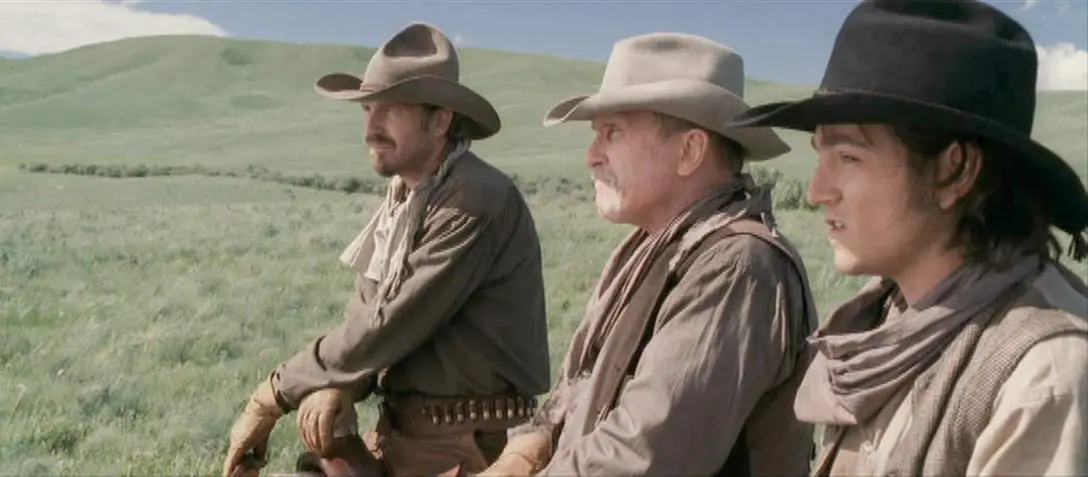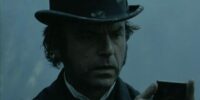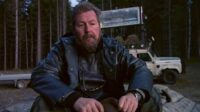For as long as I can remember I have been raised on the tales of the old West. The stories of the gunslingers and lawmen, the bandits, and the seekers of justice. It is as much ingrained into me as any other genre. I have gone through the decades watching each and every classic cowboy cinematic experience. Whether that be the original Magnificent 7, The Good, the Bad, and the Ugly, Silverado, Pale Rider, Once Upon a Time in the West or Unforgiven, I have and forever will be fascinated with the Western era.
There is just something about the sense of wild freedom that it represents. It has gripped me in its thrall. There are few genres that are as capable of enduring as the Western. Throughout the years it has changed and morphed with its audience. How each generation’s auteurs have had a different take and interpretation of the facts, the events, and the just the overall lifestyle is so captivating.
This evolution of the Western is something that has always intrigued me and this is what led me here. I wanted to examine the best of the past two decades in this genre and the incarnations they have taken. So I grabbed my reviewer’s revolver and these are the bullets I loaded up my cinematic 6-shooter with. Now it is time for me to take aim and fire off in a film filled frenzy of favoritism.
Open Range (2003)

This 2003 outing saw a return to form and some new life breathed into the lung of the classic American Western. The Kevin Costner helmed Open Range is an ode to the golden age of the gunslinging cowboy. It is a celebration of one of the former staples of everyone’s cinematic diet, a true modern representation of the genre. Open Range takes inspiration from the era of what came before and adds a very gritty, raw layer on top to create a truly realized world.
There are few with a resume in this genre as long as Kevin Costner and from the get-go, we see not only his love for the Western but also the west itself. The reverence shown for the sprawling landscape can be seen from minute one, as we are treated to the majesty of the open plains. This is an immediate reminder of the bountiful treasure that is at stake and that some want to take only for themselves. It is a beautiful piece of subtle storytelling that would only be done by someone that is so comfortable in their thematic space.
The cinematography is not the only strength that Open Range has in its arsenal. The core cast at its center is so good. The chemistry between Costner and his co-lead Robert Duvall in the roles of Charley Waite and Boss Spearman is so natural and gives real-life to the revenge-seeking cattle rangers. It is the relationship between the men that underpins everything. It is their experienced shoulders that Open Range rests on top of and they take the weight of the load so easily.
Although Costner and Duvall are the foundation that Open Range is built on top of, they are not the only ones that put in excellent performances. The supporting cast consists of Annette Bening, a teenage Diego Luna, and Michael Gambon in a solid if not a little cheesy turn as the villainous Denton Baxter. Gambon really hams it up but it is just another reminder that Open Range is a contemporary reincarnation of the classics of yesteryear.
In many ways, it is Kevin Costner’s love letter to the era that he holds so dear. It is a simple story about the complexities of the people that inhabited a stunning but harsh world. Open Range is a classic story told with a modern-day ferocity, it proved that there are still so many new stories to be told using this medium, that sometimes for future narrative opportunities all one has to do is take inspiration from the past.




Very interesting! I would love to read your take sometime on my own half-dozen favorite Westerns (using that definition somewhat loosely) . . . Billy Jack, Crossfire Trail, The Man Who Shot LIberty Valance, The Seven Faces of Dr. Lao, Stagecoach, and Tell Them Willie Boy Is Here.